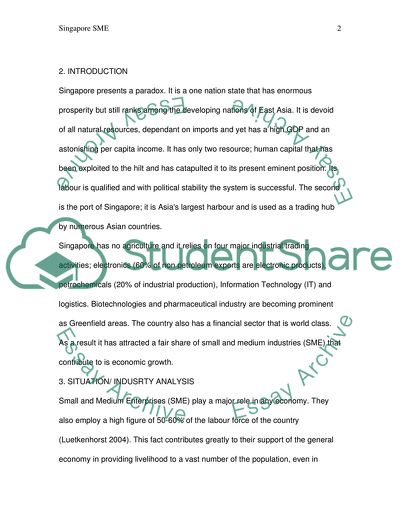Cite this document
(“Entrepreneurship and Business Management (I) Essay”, n.d.)
Retrieved from https://studentshare.org/miscellaneous/1546686-entrepreneurship-and-business-management-i
Retrieved from https://studentshare.org/miscellaneous/1546686-entrepreneurship-and-business-management-i
(Entrepreneurship and Business Management (I) Essay)
https://studentshare.org/miscellaneous/1546686-entrepreneurship-and-business-management-i.
https://studentshare.org/miscellaneous/1546686-entrepreneurship-and-business-management-i.
“Entrepreneurship and Business Management (I) Essay”, n.d. https://studentshare.org/miscellaneous/1546686-entrepreneurship-and-business-management-i.


